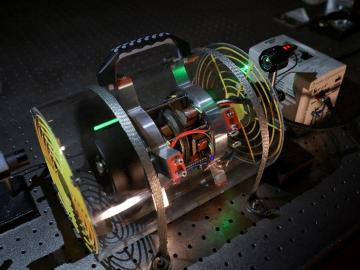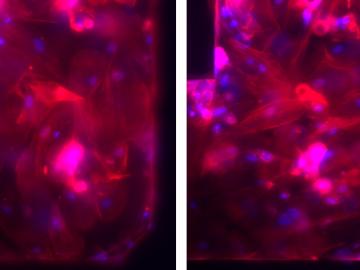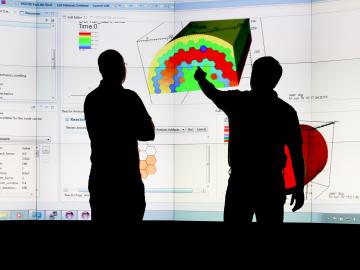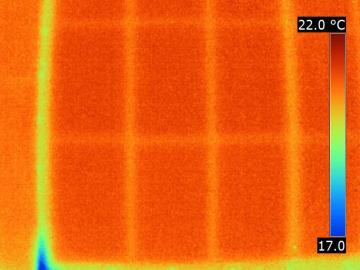
Filter News
Area of Research
- Advanced Manufacturing (1)
- Biological Systems (1)
- Biology and Environment (3)
- Building Technologies (2)
- Clean Energy (35)
- Climate and Environmental Systems (1)
- Fossil Energy (1)
- Fusion Energy (1)
- Materials (24)
- National Security (2)
- Neutron Science (15)
- Nuclear Science and Technology (8)
- Sensors and Controls (1)
- Supercomputing (13)
News Type
Date
News Topics
- 3-D Printing/Advanced Manufacturing (2)
- Biology (1)
- Biomedical (3)
- Clean Water (1)
- Climate Change (1)
- Composites (1)
- Computer Science (5)
- Critical Materials (1)
- Cybersecurity (2)
- Energy Storage (2)
- Environment (2)
- Fusion (2)
- Grid (3)
- Isotopes (4)
- Materials Science (5)
- Mercury (1)
- Microscopy (2)
- Molten Salt (4)
- Nanotechnology (4)
- Neutron Science (3)
- Nuclear Energy (5)
- Physics (2)
- Polymers (4)
- Security (3)
- Space Exploration (2)
- Transportation (6)
Media Contacts



Scientists from the Critical Materials Institute used the Titan supercomputer and Eos computing cluster at ORNL to analyze designer molecules that could increase the yield of rare earth elements found in bastnaesite, an important mineral

In a project leveraging computer vision, machine learning, and sensors, Oak Ridge National Laboratory scientists are working with private company GRIDSMART Technologies, Inc. to demonstrate how stop lights can be programmed to improve fuel economy and reduce emissions.


Lithium-ion batteries commonly used in consumer electronics are notorious for bursting into flame when damaged or improperly packaged. These incidents occasionally have grave consequences, including burns, house fires and at least one plane crash.

Vacuum insulation technology called modified atmosphere insulation, or MAI, could be a viable solution for improving the energy performance of buildings, based on a study by Oak Ridge National Laboratory and industry partners.

Computer scientists at Oak Ridge National Laboratory have developed an open source software platform that allows quantum programs to run on multiple quantum computers regardless of their unique architecture.

An Oak Ridge National Laboratory-led team used a scanning transmission electron microscope to selectively position single atoms below a crystal’s surface for the first time.



